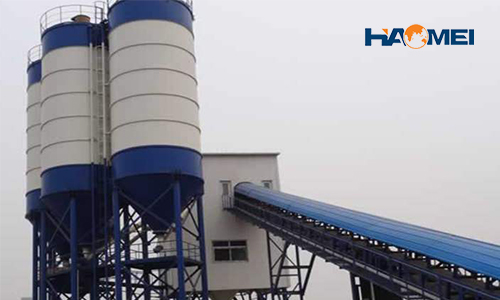The capacity of a concrete batching plant in China matches a plant’s model. There are two types of concrete plants: stationary and mobile (portable) ones. Models for stationary plants include hzs25, hzs35, hzs50, hzs60, hzs75, hzs90, hzs120 and hzs180. Mobile plants have models of yhzs25, yhzs35, yhzs50, yhzs60 and yhzs75.

Stationary Plants
An hzs25 concrete batching plant is a small-scale mixing station configuration. The theoretical production capacity is 25m³ / h, and the actual production capacity is about 15-20 cubic meters per hour.
The hzs35 concrete mixing station is a simple mixing station configuration. The theoretical production capacity is 35m³ / h, and the actual production capacity is about 25m³ / h.
The hzs50 or hzs60 concrete batching plant is a small and medium-sized concrete mixing station configuration. The theoretical output is 50m³ / h, and the actual output is about 35-40m³.
The hzs75 concrete mixing station, configuration form, belt feeding, centralized control system, theoretical output 60m³ / h, actual output 55-60m³.
HZS90, HZS120 and HZS180 plants fall on the group of commercial concrete batching plants. Their capacities are respectively 90m3, 120m3 and 180m3 per hour. Equipped with belt conveyors and more than two silos, they serve large construction sites nearby.
Mobile Plants
Model concept of mobile plants are similar to that of stationary plants. The number in a model represents a plant’s capacity. For example, yhzs25 has a capacity of 25m3 per hour and yhzs75 75m3 per hour. They are different from stationary plants in structure that is compact and movable, but they have all units needed for a plant. Thus they do not lose to stationary plants in efficiency and quality. However, mobile plants are more expensive, for trailers must be equipped.